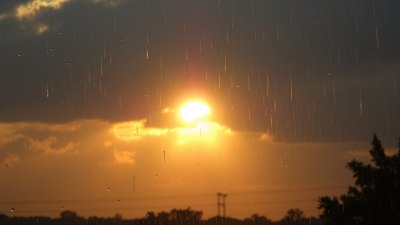Do Snowflakes Really Have Unique Shapes, or Is That Just a Myth
Unraveling the science behind snowflake formation and whether true uniqueness exists

For generations, we’ve been told that “no two snowflakes are exactly alike.” But is this really true, or is it just a beautifully poetic myth? Snowflakes are delicate ice crystals formed in the atmosphere, and their intricate shapes have fascinated scientists, artists, and dreamers alike. Thanks to advances in microphotography and meteorology, we now have a better understanding of their structure—revealing whether or not true uniqueness exists in every flake.
How Snowflakes Form
Every snowflake begins as a tiny speck of dust or pollen high in the clouds. Water vapor in the air freezes around this nucleus, forming an ice crystal. As it falls through the atmosphere, it collects more moisture and grows into the familiar hexagonal shape.
The specific conditions in the cloud and the path the flake takes while falling determine its final appearance. Temperature, humidity, and wind all play a role in shaping each snowflake’s design.
The Science Behind Snowflake Shapes
Snowflakes can take on a variety of shapes, but they all follow the basic principle of six-fold symmetry. Some common types include:
- Stellar dendrites: The classic six-pointed, branch-like design.
- Plates: Thin, hexagonal-shaped flakes.
- Columns: Long, rod-like structures.
- Needles: Slender, elongated ice crystals.
- Rimed snowflakes: Irregular and clumpy due to supercooled water droplets sticking to them.
Are All Snowflakes Truly Unique?
The idea that every snowflake is completely different comes from the vast number of possible molecular arrangements in ice crystals. Because countless variables affect their formation, it’s highly unlikely that two snowflakes that have followed the exact same atmospheric path would exist.
However, scientists have observed that some snowflakes do share extremely similar shapes, especially at certain temperatures. Under controlled conditions, identical-looking snowflakes have been created in laboratories. So while nature makes each flake distinct due to microscopic differences, the idea that no two snowflakes have ever been alike in all of history is more of a poetic exaggeration than a scientific certainty.
Why Snowflakes Look Different Under a Microscope
Snowflakes appear unique to the naked eye, but under a microscope, differences become even more apparent. Ice crystals are influenced by temperature and moisture at every stage of their formation, meaning even a tiny change in the air can alter their final design.
Factors that affect a snowflake’s appearance include:
- Fluctuations in temperature as it falls through the air.
- Variations in humidity, which influence crystal growth.
- Collisions with other flakes or ice particles, which can alter their structure.
The Beauty of Imperfection
Even if two snowflakes were to form in identical conditions, the sheer complexity of molecular arrangements means that at a microscopic level, some differences would still exist. This imperfection is part of what makes nature so beautiful. Whether or not every snowflake is truly unique, each one carries a fascinating story of its journey through the sky.











